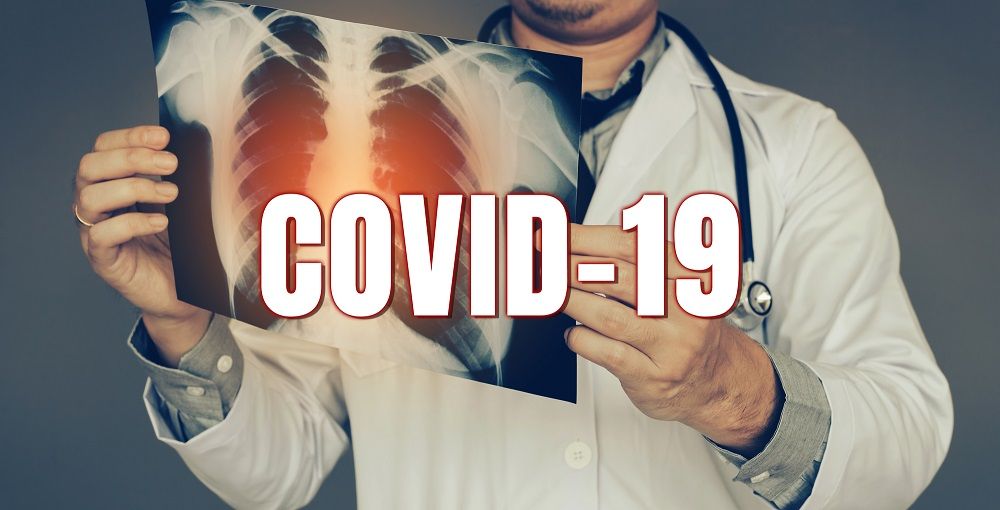COVID-19 Infection in Men on Testosterone Replacement Therapy (TRT)

COVID-19 has demonstrated that men tend to get it more than women. This has suggested to researchers that perhaps testosterone is to blame for more severe disease, which has led to the formulation of several theories. The cytokine theory proposes that a low testosterone level leads to an increase in inflammatory immune system proteins called cytokines which may facilitate a cytokine storm in men with COVID-19. Conversely, the testosterone-driven COVID-19 theory suggests that testosterone may promote infection by the severe acute respiratory syndrome. An increase in venous thromboembolism has also been associated with COVID-19, particularly in patients who are more severely affected. Furthermore, previous studies have found that even though patients diagnosed with cancer have an increased risk of contracting COVID-19, men on androgen deprivation therapy for prostate cancer had a lower risk of developing an infection.
TRT and COVID-19 Risks
Testosterone replacement therapy (TRT) is associated with secondary polycythemia (increased red blood cell production), but it is unclear whether this leads to an increase in thromboembolic events. However, some authors have suggested that men should be taken off TRT during this pandemic. A study was performed to determine the impact of TRT on the clinical outcomes of COVID-19 in men at the School of Medicine of Wayne State University in Detroit, Michigan and published on the Journal of Sexual Medicine in October, 2020.
A total of 3,697 men diagnosed with COVID-19 were identified of which 38 were on TRT. 6 men in the TRT group and 13 men in the control group had incomplete data and were excluded resulting in inclusion of 32 men in the TRT and 63 men in the control groups. Among men on TRT, 32 were diagnosed with hypogonadism (2 hypergonadotropic, 7 hypogonadotropic, and 23 mixed). 23 men received intramuscular testosterone cypionate injections while 9 were on transdermal testosterone gel.
TRT-COVID-19 Study Results
Patients on TRT had higher rates of hypertension (65.6% vs 55.5%), cardiovascular disease (37.5% vs 30.1%), diabetes mellitus (40.6% vs 30.1%), and immunosuppression (25% vs 14.2%) and a lower rate of chronic obstructive pulmonary disease than controls (12.5% vs 25.4%), none of which were statistically significant. When focusing on endpoints, patients on TRT had similar rates of hospitalization (62.5% vs 63.4%), thromboembolic events (12.5% vs 12.7%), and death (9.3% vs 12.7%) as their counterparts not on TRT. Patients on TRT had lower rates of ICU admission (12.5% vs 25.4%) and mechanical ventilator utilization (9.3% vs 19.0%) than patients not on TRT, but none were statistically significant. TRT was not an independent predictor of any of the examined endpoints on multivariable analysis.
Testosterone Level and COVID-19
Once an infection occurs, testosterone may serve a protective role by decreasing the risk of a cytokine storm. A recent report observed lower levels of testosterone in men who were admitted to the ICU with SARS-CoV-2 infections. It is unknown whether these men had a low testosterone level at baseline or if they developed a low testosterone level in response to the infection. There is evidence to suggest that most men admitted to acute care units have a transient suppression of testosterone to a level below the normal range. A decreased testosterone level is associated with an increase in proinflammatory markers. Testosterone may facilitate cell infection with the SARS-CoV-2 but also be protective of worse clinical outcomes during active infections. A study measuring testosterone levels of men at baseline and at various times during COVID-19 may help further delineate this relationship.
In conclusion, this study failed to demonstrate a statistically significant difference in COVID-19 outcomes among men treated with TRT and those not on TRT. Future studies are needed to help further guide clinicians on the optimal management of hypogonadism with TRT in the era of COVID-19.
Reference:
J Sex Med. 2020 Oct 9








